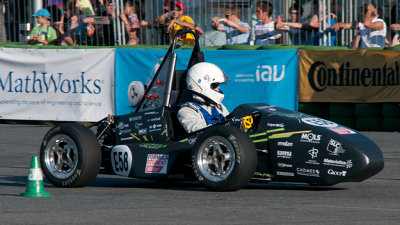The world's first MRI scanner 'Mark-1' used in medical settings

Mark-1 The world's first whole-body MRI Scanner | Grampian Hospitals Art Trust
http://www.ghat-art.org.uk/mark-1-the-worlds-first-whole-body-mri-scanner/
MRI is a technique for examining the internal organs of human bodies using nuclear magnetic resonance. By applying a strong magnetic field, the orientation of hydrogen nuclei in the body tissue can be changed, and its spatial distribution can be visualized and shown. The phenomenon of nuclear magnetic resonance itself was elucidated in the 1940s and put into practical use, but it was used to check for impurities in the sample and to investigate the composition of materials.

by
In 1973, Paul Lauterber , a medical scientist at New York City University, devised an MRI that uses nuclear magnetic resonance for the human body. Based on that idea, MRI development will proceed rapidly. In 1977, a British physicist, Peter Mansfield , took an image of the inside of the human body for the first time on an MRI, but the photo did not reach a quality that could be used for diagnosis.
John Mallard, a professor of medical physics at the University of Aberdeen, has been working on the development of 'a practical MRI scanner for medical use' with his subordinate Jim Hutchison since the early 1970s.
Designed and manufactured by Aberdeen University's research team led by Mr. Mallard, the Mark-1 was first used in 1980 to diagnose patients as the world's first whole-body MRI scanner. Of patients were scanned by Mark-1.
The following is the actual Mark-1 on display at the Aberdeen Royal Hospital. The copper pipes that are tangled around the aircraft were made by local plumbers.

by AndyGaskell
The illustration below shows the structure and part of Mark-1. Compared to MRI equipment used today, the intensity of the magnetic field that can be generated is about one-hundredth, but it was still possible to take an image of a quality that was sufficiently usable for examination.

Mr. Mallard told the BBC : “While X-rays reveal a variety of bones, X-rays did not reveal tissue in the body. MRI made it possible. I replied.
Related Posts:







